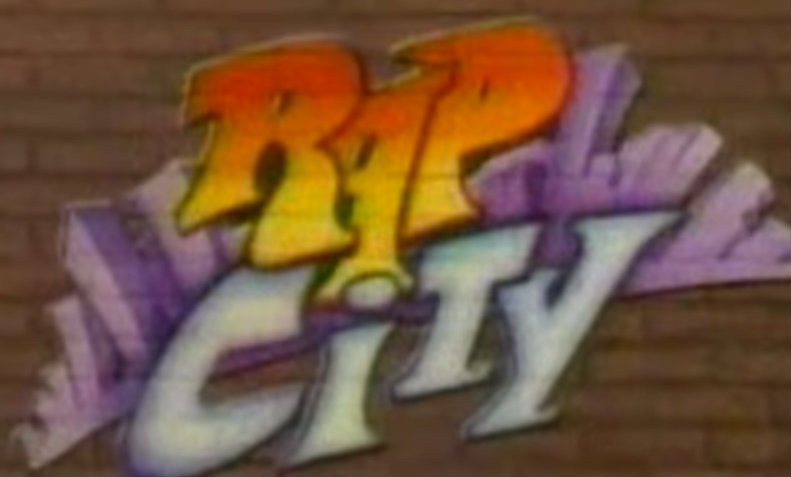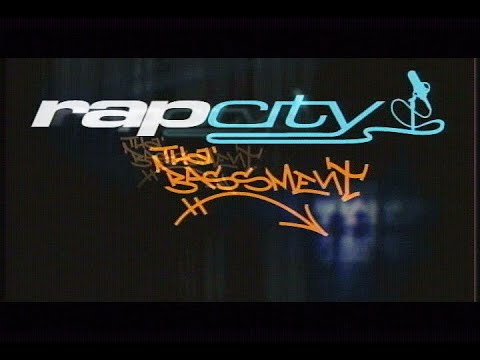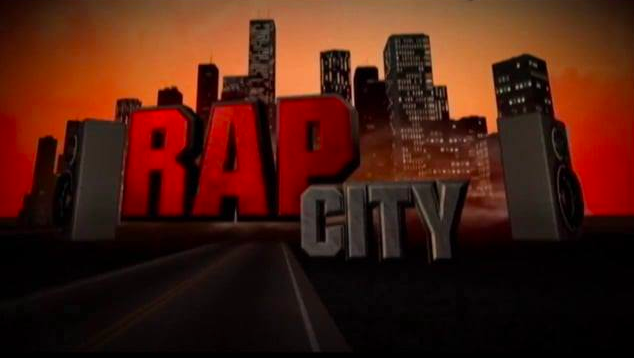Can you believe that Rap City has been off the air for over 15 years? Wow! Look at how times flies. The
series ran for almost two decades on Black Entertainment Television (BET), making it the longest running
nationally viewed Hip-Hop program in TV history. On any given day, Joe Clair and Big Lez might be in your favorite rapper’s hometown or the hottest underground rapper would be on your tube. I can remember coming home from school to see who’s freestyling in Big Tigger’s Basement or
who was number one on the weekend’s Top 10 Countdown.
The series began in 1989, but the groundwork was being laid well before then.
Hip-Hop made its Billboard chart debut in 1979. By 1983, Video Music Box in New York City was the first
show to primarily feature Hip-Hop videos. However, this was only in the New York tristate area.
Video Vibrations began in 1984 on BET, only 2nd to its flagship show, Video Soul. This is where you could
watch Hip-Hop music videos from time to time according to then Video Vibrations host, producer, and
future Rap City Creator, the Unseen VJ – Alvin Jones. But you had to stay up after mid-night to catch
them. There were not enough rap music videos at that time to make a two-hour program in late 1984,
states Alvin Jones. BET started out in 1980 as a late night ‘Black Entertainment’ block on the USA
Network before it became its own network.
Other places to catch Hip-Hop videos in the early days of rap included the local Miami based Music Box,
created in 1985. On NBC was Friday Night Videos, USA Network program Night Flight, and HBO’s
Video Jukebox. HBO was probably the first place to play music videos as we know it as far back as the
late 1970s.
BET, or more specifically Alvin Jones, was looking to get more Hip-Hop on the station. He created Rap
Week, and it premiered in 1988, slightly after MTV’s Yo! MTV Raps made its debut in August of that
same year. Rap Week was a week of music videos ran on the Video Vibrations program. It became the
biggest ratings draw on BET up until that point. A second Rap Week ended out the year of 1988. Two more Rap Week’s in 1989 featuring MC Hammer and New Edition’s newest member Johnny Gill was enough to seal the deal for BET to create an entire program dedicated to Rap and Hip-Hop music videos and culture.
Hip-Hop was building off a strong 1988 and was making its way to the mainstream as 1989 rolled
around. The first Grammy Award for Rap Music was given out in 1989 (in classic Hip-Hop fashion, the
winners – “DJ Jazzy Jeff & The Fresh Prince” protested the award show because the rap portion was not aired on TV.) 2 Live Crew’s album ‘As Nasty As They Wanna Be’ put Hip-Hop in the public eye for its obscene lyrics and even as far as the Supreme Court as Hip-Hop’s first major court case. NWA’s 1988 release “Straight Out of Compton” was the first platinum selling Hip-Hop album, certified in July of 1989. Well known hits released by LL Cool J; Tone Loc; Big Daddy Kane; De La Soul and the Beastie Boys dominated Hip-Hops most monumental year. The Arsenio Hall Show made its debut in January of 1989 and featured not only rap performances but interviews from the artist as well. A first for late night television.
1989-1994
RAP CITY made its debut on August 11, 1989. The first host was a local comedian Chris Thomas (BET was
based in Washington, DC at this time.) He was known as the Mayor of Rap City. He got the gig because
he was familiar with many of the top rappers of the day. He toured with Run-DMC, DJ Jazzy Jeff & the Fresh Prince, and Heavy D & the Boyz. Thomas co-host during the first run was Hans ‘Prime’ Dobson. He
was there to catch an early glimpse of a young Jay-Z spitting a freestyle alongside Big Daddy
Kane. Teen Summit, a BET series for teens, featured a member of the Teen Summit posse names DeJour.
He would later join Rap City as a host, and change his name to Prince DeJour.

1994-1999
As Prince DeJour would return to Teen Summit (this time as a host,) another local comedian named Joe
Clair would take the reins. He teamed up with Big Lez for Rap City’s most memorable duo. This era was
Hip-Hop at its peak. The East Coast/West Coast Beef was in full swing and Rap City was there for all of the blows, good and bad. The deaths of Hip-Hops biggest giants, Tupac Shakur and the Notorious B.I.G
shook the Rap world. Biggie’s last interview was done with Joe Clair less than 2 weeks before his
murder. Record label moguls like Master P’s No Limit, Jay-Z Roc-a-Fella, Jermaine Dupri’s So So Def
imprint and huge collectives like the Wu Tang-Clan and Dungeon Family stayed in heavy rotation at
BET’s Rap City and its weekend countdown.

1999-2005
Big Tigger made his Rap City premier in 1998, and the show left the road and went to his mother’s
basement by 1999. Rap City: The Basement, as it was now called was known for its freestyles in the
booth from the best rhyme slayers of the new millennium. The emergence of rappers now following in
the footsteps of the previous era’s moguls are now getting into acting and doing so much more.
Ludacris, T.I., 50 Cent, and Kanye West were frequent visitors to the basement and would recite
memorable lines talked about for years to come.

2005-2008
The later years of Rap City were hosted by DJ Mad Linx with J-Nicks from 2005 through 2006. The final
season was overseen by Q-45. Huge Rap stars like Rick Ross; Lil Wayne; Young Jeezy and Soulja Boy gave
us a glimpse into the future of Hip-Hop.
During this period in 2006, BET Introduced the Hip-Hop Awards due to the decade’s long success of Rap-
City. The flagship BET Awards started just a few years earlier in 2001. The Hip-Hop Awards emerged after BET discontinued the Comedy Awards which only aired in 2004 and 2005.
Rap City’s final show took place in November of 2008, less than a week after President Barack Obama
was selected as President of the United States. A three-part documentary series titled “Welcome To Rap City” premiered on BET in 2023 and is currently streaming on BET+.